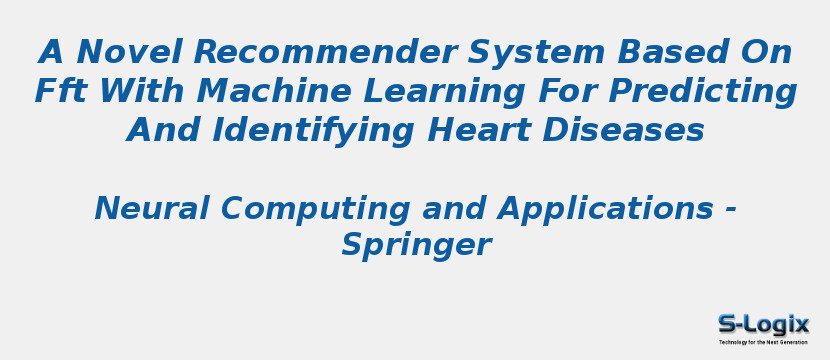Research Area: Machine Learning
Recently, using of the intelligent technologies in the field of clinical decision making is increased rapidly to improve the lifestyles of patients and to help for reducing the workload and cost concerned in their healthcare. Heart diseases are one of the primary causes of death. However, if the diseases are identified at the early stage, the rate of death can be decreased. Thus, the disease identification process has become a matter of concern. An efficient medical recommendation system has been proposed in this paper, namely Fourier transformation-based heart disease prediction system (FTHDPS) by using Fourier transformation and machine learning technique to predict the chronic heart diseases effectively. Here, the input sequences rely on the patient’s time series details or data, which are crumbled by Fourier transformation for extracting the frequency information. In FTHDPS, a bagging model is utilized for predicting the conditions of the patients in advance to produce the absolute recommendation. In FTHDPS, three classifiers are used, namely artificial neural network, Naive Bayes and support vector machine, and real-life time series chronic heart disease data are used to evaluate the proposed model. The experimental results demonstrate that FTHDPS is much efficient to provide a reliable and accurate recommendation to the heart patients.
Keywords:
Author(s) Name: Subhashini Narayan & E. Sathiyamoorthy
Journal name: Neural Computing and Applications
Conferrence name:
Publisher name: Springer
DOI: 10.1007/s00521-018-3662-3
Volume Information: volume 31, pages93–102 (2019)
